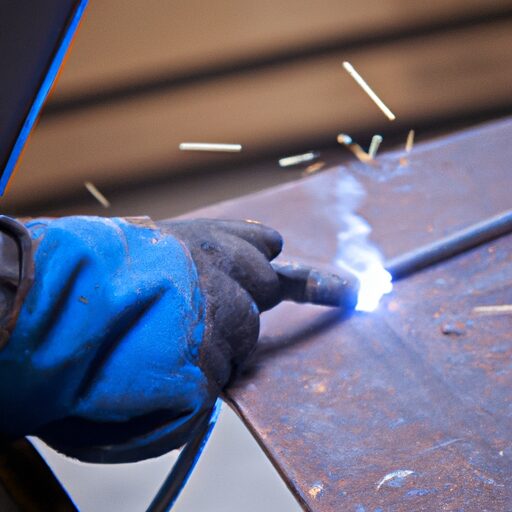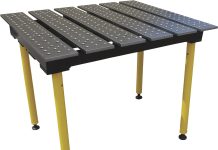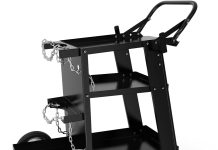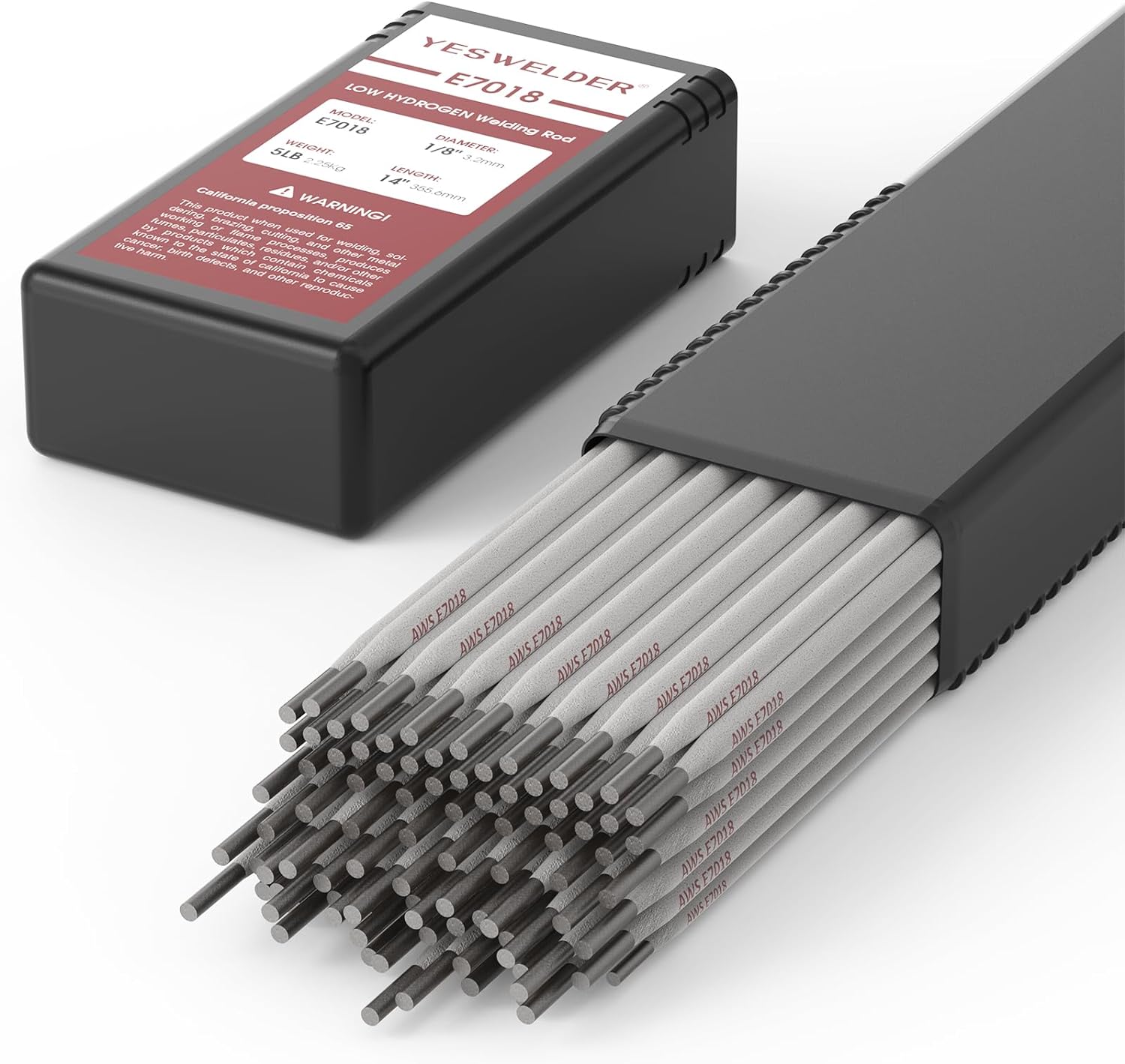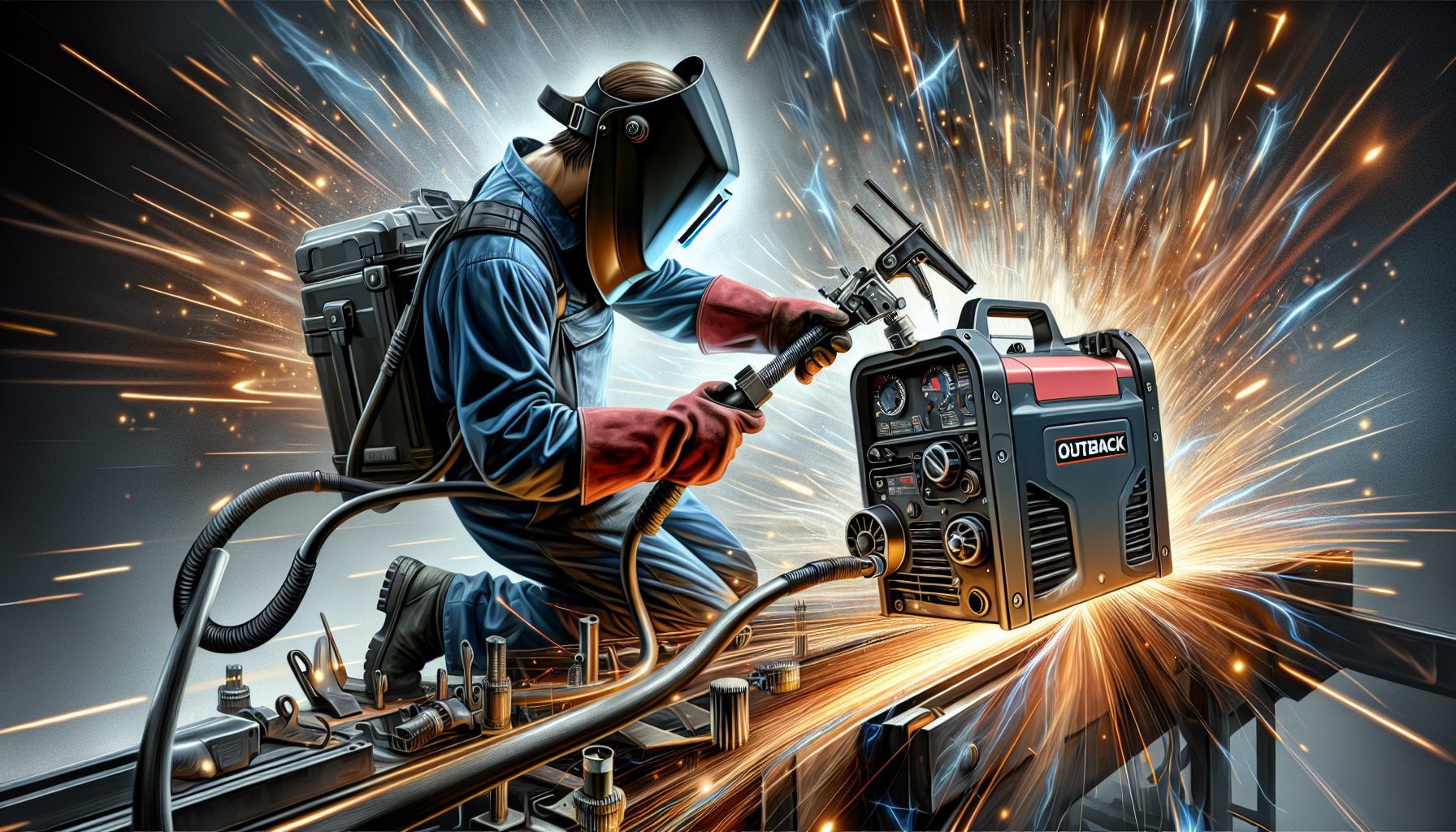We understand that finding the ideal height for a welding table can be quite a conundrum for many welders out there. How high should it be? Will it affect the quality of the weld? These are valid questions that we aim to answer in this article. So, if you’re looking to optimize your welding experience and achieve the best results, read on to discover the perfect height for your welding table.
Factors to Consider
When it comes to choosing the right height for a welding table, there are several factors that need to be taken into consideration. These factors include workspace comfort, user height, type of welding, and the type of welding table. Understanding these factors is crucial in ensuring a comfortable and efficient welding experience.
Workspace Comfort
Workspace comfort plays a vital role in the overall welding experience. A comfortable work environment can significantly enhance productivity and prevent fatigue or strain. When considering the ideal height for a welding table, ergonomic principles and posture should be taken into account.
Ergonomics
Ergonomics refers to designing workspaces that are efficient and comfortable for the workers. It involves considering factors such as body posture and movements to minimize strain or injury. When setting up a welding station, it is essential to ensure that the table height allows for a natural and relaxed body position. This helps in reducing muscle fatigue and potential injuries caused by awkward postures.
Posture
Maintaining the right posture is crucial for welders to work comfortably and safely. Ideally, the welding table should be set at a height that allows the welder to maintain a neutral spine position. This means that the welder’s back should be straight, and there shouldn’t be any excessive bending or slouching. A proper posture not only reduces the risk of musculoskeletal issues but also promotes better concentration and accuracy during welding.
User Height
User height is another significant factor to consider when determining the ideal height for a welding table. Welders come in all shapes and sizes, and their height plays a vital role in determining their comfort and the effectiveness of their work.
Considerations
Different user heights require different table heights. For shorter welders, a lower table height may be more suitable, while taller welders might benefit from a higher table height. It is essential to consider the range of user heights in the welding workshop and aim for a table height that accommodates the majority of the staff.
Measurement
To determine the appropriate height for a welding table based on user height, precise measurements should be taken. The welder’s elbow height is often used as a reference point. This can be measured by having the welder stand straight with their arms relaxed at their sides. The height from the floor to the welder’s elbow is then measured, and this measurement can be used as a starting point for setting up the table height.
Type of Welding
The type of welding being performed also influences the ideal height for a welding table. Different welding techniques have varying requirements in terms of workspace and body positioning.
MIG Welding
MIG welding, also known as Gas Metal Arc Welding (GMAW), is a popular welding method that requires a stable and comfortable work surface. The ideal table height for MIG welding should allow for control and precision while accommodating the welding gun and material being welded.
TIG Welding
TIG welding, or Gas Tungsten Arc Welding (GTAW), is a precise welding technique that requires a steady hand and a clear view of the welding arc. The ideal table height for TIG welding is typically slightly lower than that for other welding methods. This lower height allows for better control and visibility during the welding process.
Stick Welding
Stick welding, also known as Shielded Metal Arc Welding (SMAW), is a versatile welding technique that can be used in various positions. The table height for stick welding should be comfortable for both seated and standing positions, as this method allows for more flexibility in body positioning.
Type of Welding Table
The type of welding table chosen also impacts the ideal height for a welding table. Welding tables come in various designs, and each type has its own benefits and considerations.
Adjustable Height Tables
Adjustable height tables, as the name suggests, can be raised or lowered to accommodate different user heights and welding techniques. These tables allow for customization and flexibility, making them suitable for workshops with a diverse range of welders.
Fixed Height Tables
Fixed height tables have a standard, non-adjustable height. These tables are often more affordable and straightforward in design. While they may not provide the same level of customization as adjustable height tables, they can still be suitable in situations where the majority of welders have a similar height.
Ideal Height Recommendations
Based on various factors and considerations, there are general recommendations and standard height ranges to help determine the ideal height for a welding table.
General Recommendations
In general, the ideal table height for standing welders ranges from 36 to 42 inches. This range allows for a comfortable working posture while providing adequate space for the welding process. However, it is essential to note that user height and welding technique should also be taken into account when determining the specific height within this range.
Standard Height Range
For seated welders, the ideal table height typically falls between 28 to 32 inches. This range allows for a comfortable sitting position while maintaining proper body alignment during welding. Again, user height and the specific welding technique being performed should be considered when determining the appropriate height within this range.
Adjustable Height Tables
Opting for an adjustable height table provides several benefits for welders and welding workshops.
Benefits
One of the significant benefits of adjustable height tables is their versatility. These tables can accommodate welders of varying heights, allowing for a more inclusive and comfortable work environment. Adjusting the table height based on individual preferences and welding techniques can lead to increased productivity and reduced physical strain.
Considerations
While adjustable height tables offer flexibility, it is essential to consider factors such as stability and ease of adjustment. Welding tables need to be sturdy and secure to ensure safety during the welding process. Additionally, the adjustment mechanism should be user-friendly and reliable, allowing for smooth height changes without interrupting workflow.
Fixed Height Tables
Fixed height tables also have their advantages and can be suitable in specific scenarios.
Advantages
One significant advantage of fixed height tables is their simplicity. These tables are often more cost-effective and straightforward in design, making them a practical choice for smaller or budget-conscious welding workshops. They provide a stable and reliable surface for welding operations without the need for adjustments.
Considerations
When opting for a fixed height table, it is crucial to consider the average user height in the welding workshop. Workstations should be set up at a height that accommodates the majority of welders comfortably. Additionally, fixed height tables might not be suitable for shared workspaces where individuals with significant height differences frequently use the same table.
Testing Different Heights
Ultimately, determining the ideal height for a welding table may require some trial and error. Conducting tests with different table heights allows welders to assess their comfort and productivity in each scenario.
Individual Comfort
While general recommendations and measurements provide a starting point, individual comfort should always be prioritized. Each welder may have their own preferences and needs, and adjustments should be made accordingly to ensure an optimal working environment.
Conclusion
The right height for a welding table is crucial for creating a comfortable and efficient workspace. Considering factors such as workspace comfort, user height, type of welding, and the type of welding table enables welders to work comfortably and safely. Adapting the table height to individual needs and preferences promotes better posture, reduces fatigue, and increases productivity. By understanding and prioritizing these factors, welders can create an ideal working environment that suits their unique requirements.


